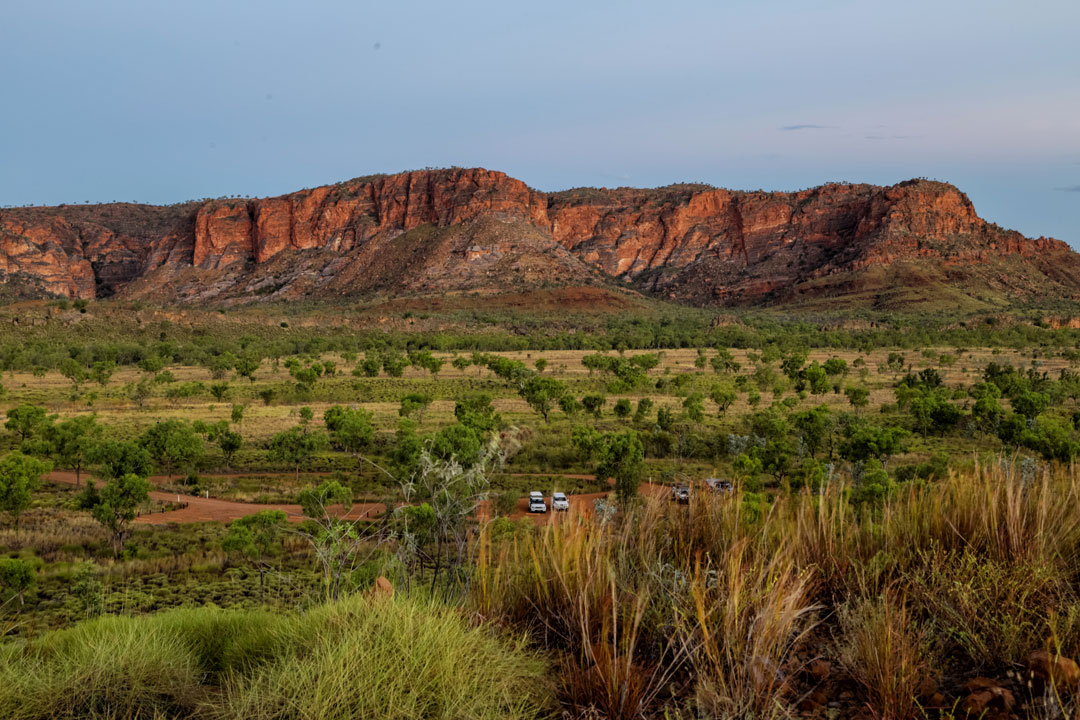When To Go To The Kimberley
 Climate
Climate
The Kimberley’s climate is characterised by distinct wet and dry seasons. Officially the Wet begins on 1 October and ends on 30 April, but in reality 80% of the annual rainfall occurs between mid-December and mid-March. The Mitchell Plateau in the north is the region’s wettest area with an annual average of around 1400mm. In the south, Halls Creek and Broome receive just 550mm on average. Flooding at this time cuts access to many places, but the bush is beautiful and lush as it rejuvenates after the long drought.
There is virtually no rain during the dry season from April to October, when the daily weather forecast is invariably for warm sunny days, cool nights and low humidity. Temperatures vary little over the region during the Dry. Kununurra’s average July maximum/minimum is 31/16°C, while those at Broome and Halls Creek are four degrees cooler. While this is the most comfortable time to visit, generally speaking it’s the most unproductive time to go fishing. Nights can get down near freezing in the south and on the higher ground along the Gibb River Road.
The so-called ‘Build-Up’ (October into December) is the hottest time of the year, with higher humidity bringing thunderstorm activity. Average maximum temperatures rise into the high 30s/low 40s, creating conditions that visitors from gentler climes may find challenging. As well, most areas that haven’t been blackened by fire are baked brown by drought. On the bright side, this is the best time of year to see the region’s bird life, much of which will be concentrated around the more permanent wetlands. As well, the increase in water temperature brings the fish back onto the bite, and you should get to see some awesome storms.
Crowds
The peak tourist season coincides with the southern winter, when an army of grey nomads moves north to escape the cold. Accommodation venues tend to fill up and failure to make advance bookings for the more popular places can result in disappointment. This is particularly so in July when there’s a pronounced spike in visitor numbers.
If you want to avoid the main rush, consider going in either May or September – the so-called shoulder periods. In May there’s often still a fair bit of water around and the vegetation is still nice and green. However, depending on the wet season, some minor roads may not reopen until well into May, or sometimes even later. The days are warming up in September, but maximum temperatures are still reasonably comfortable.
During the wet season there may be so few tourists around that it seems like you have the place entirely to yourself. Travel is not recommended on the Gibb River Rd at this time, firstly because there’s a very real possibility of being trapped for days by flooded rivers, and secondly because most places close their doors to visitors then.






0 comments